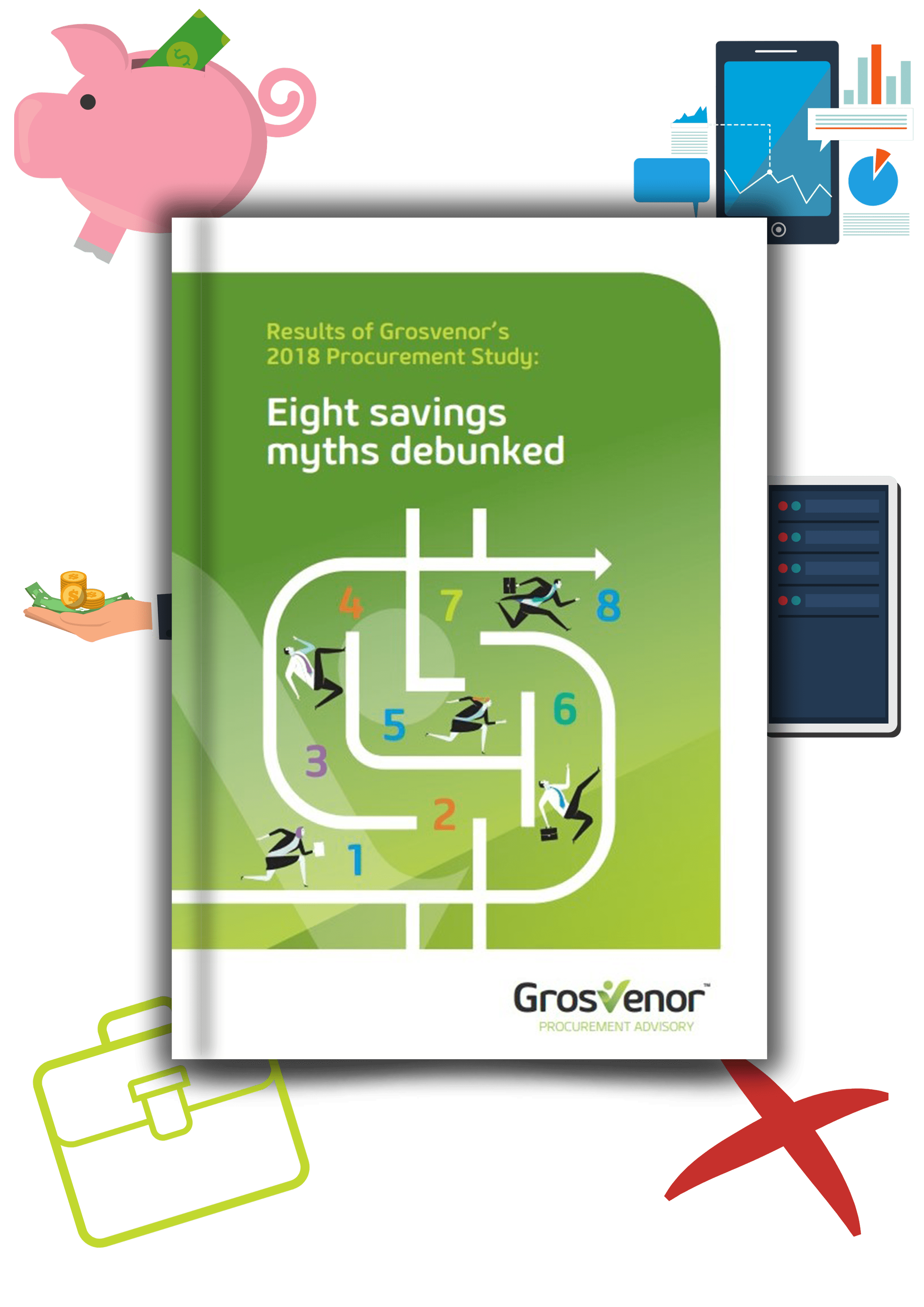Four common mistakes of overlooking contract pricing

Contract pricing
When contracting for services, a lot of attention is focused on the initial contract cost. Hours of spreadsheet time is spent analysing and comparing tendered fees. Unfortunately, very little thought goes into how the ongoing service is paid for and how the ‘pricing model’ (not the initial tendered fee) determines value for money and delivers quality outcomes.
What’s a pricing model?
A pricing model is the method by which a service is converted into a fee. The most common models are fixed fees, time based fees, schedules of rates and managed budgets.
The choice of pricing model should be determined by the client as part of a contracting strategy by asking, “What am I hoping to achieve and how will the way I pay for the services help me achieve this?”
Four common mistakes
1. Show me your rates!
Hourly and daily rates are great for doing comparisons between tenderers but terrible if you want to control total costs. If you want something done quickly, don’t pay by the hour!
Sounds simple enough but all too often the basics of good contracting are overlooked as clients get bamboozled by complicated pricing options and pushy providers who aren’t interested in transparent pricing.
As one provider confessed, “All we do is tender our rates at 20% less than the completion time and take 30% longer to do each job.”
2. The fixed price shuffle
Calling for fixed pricing is the best way to leverage competitive tension in a tender but useless if you can’t clearly define the services and performance expectations of the provider.
Service providers are experts in identifying poorly scoped works, bidding low and making all their profit on variations. Just ask any builder.
3. Inputs? I want outcomes!
You can’t blame a provider for poor outcomes if the work is priced and scoped on inputs.
If clients insist on telling providers how they want something done rather than what they want as an outcome, then they shouldn’t expect to be able to hold providers to outcomes-based performance measures.
4. One price fits all
There are often multiple drivers for pricing of a service contract in a market test. The ability to compare each offer in a tender situation, the need to allocate costs internally or a strategy of shifting the risk of cost increases to another party are just three.
If you ask for tendered prices to satisfy multiple drivers, you risk confusing yourself and focusing on the wrong issues. Ask for prices to compare, and then understand how this can be translated into an effective pricing model to drive desired behaviours. Only then think about how best to allocate the costs.
How to avoid them
The best way to avoid mistakes and get the best long term value from service contracts is to think about the way the service is provided and how the scope and the performance measures work together with the pricing to drive the outcomes you want.









 We are all about sharing our expertise to help you and your organisation be the best it can be.
We are all about sharing our expertise to help you and your organisation be the best it can be.